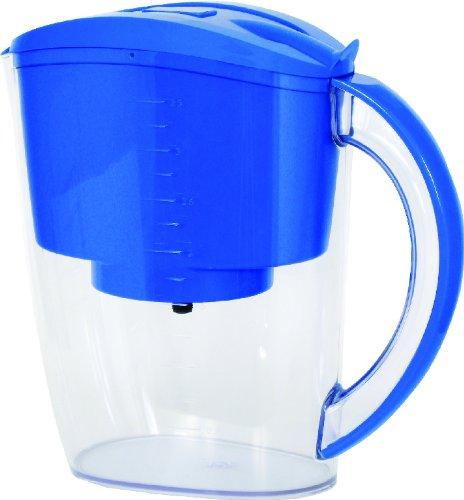
What is Arsenic used for?
Around 90% of arsenic is used for a wood preservative. It is also used in paints, dyes, metals, drugs, soaps, and semi-conductors.
What are the Health Effects of Arsenic?
Exposure to arsenic over years or decades may cause a number of diseases like decreased production of blood cells, abnormal heart beat, damage of blood vessels, numbness in hands and feet and discoloration of the skin. Chronic arsenic poisoning is different from long term poisoning and the effects can vary from individual to individual and from one geographical location to another.
The effects of acute or short term arsenic poisoning includes oesophageal and abdominal pain, bloody "rice water" diarrhea, vomiting, muscle cramps, weakness and flushing of the skin and in some cases even the loss of movement and sensory responses.
What are EPA's drinking water regulations for arsenic?
In 1974, Congress passed the Safe Drinking Water Act. This law requires EPA to determine the level of contaminants in drinking water at which no adverse health effects are likely to occur. These non-enforceable health goals, based solely on possible health risks and exposure over a lifetime with an adequate margin of safety, are called maximum contaminant level goals (MCLG). Contaminants are any physical, chemical, biological or radiological substances or matter in water.
The MCLG for arsenic is zero. EPA has set this level of protection based on the best available science to prevent potential health problems. Based on the MCLG, EPA has set an enforceable regulation for arsenic, called a maximum contaminant level (MCL), at 0.010 mg/L or 10 ppb. MCLs are set as close to the health goals as possible, considering cost, benefits and the ability of public water systems to detect and remove contaminants using suitable treatment technologies.
The Arsenic and Clarifications to Compliance and New Source Contaminants Monitoring Final Rule, the regulation for arsenic, became effective in 2002. The Safe Drinking Water Act requires EPA to periodically review and revise contaminants, if appropriate, based on new scientific data. The regulation for arsenic will be included in a future review cycle.
Source: http://water.epa.gov/drink/contaminants/basicinformation/arsenic.cfm
How do I tell if Arsenic is in my drinking water?
If you are on municipal water they have to test for it periodically and if it is above the EPA standard they must contact you within 30 days and let you know that it is above the standards. Then they must take action to reduce the level.
If you are on private water well you can contact your health department and get your water tested for arsenic. Or you can purchase an arsenic test kit and test it yourself. As arsenic is odorless and you cannot taste it the only way to know it is present is to test for it.
How do I Remove Arsenic from my Water?
You would need an Arsenic water filter that uses a resin media in it or activated alumina media in it. Reverse Osmosis is also an effective way to remove arsenic from your drinking water.


Share:
Testing Your Well Water for Bacteria and Contaminants
Do You Use A Water Filter While Camping & Hiking?